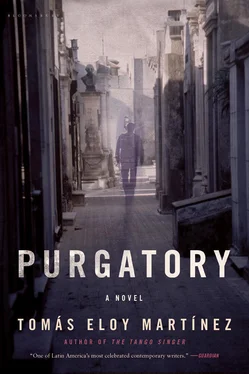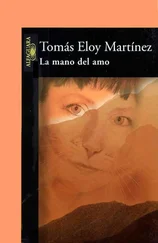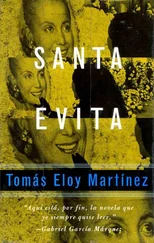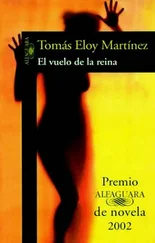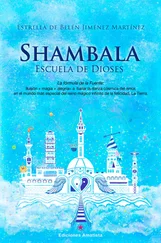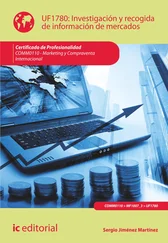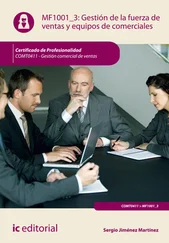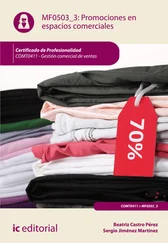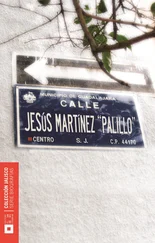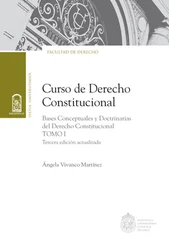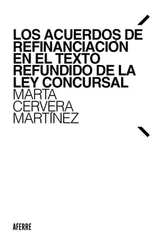‘In the Cinemateca, a film critic came up to me on the pretext of talking about Hitchcock. He was the first man I’d found attractive since Simón, the only one I might have fallen in love with. When he looked at me, it was as though I was the only woman on the planet; he devoured me with his eyes, not sexually but with a genuine desire to discover who I was. He had that cinnamon-coloured skin so many Venezuelans have, and pale, piercing eyes. After the screening of Vertigo we went to the Ateneo de Caracas for coffee. He was careful and precise in his words. He pointed out to me the wealth of clues Hitchcock gives in the first scene that Scottie — James Stewart’s character — is impotent: the way he uses his cane, the detail that he hasn’t had a girlfriend for two years. We talked for over an hour. When we left, he invited me to go to the beach with him the following Sunday — something that in Caracas is part of a game that inevitably leads to sex — and I was on the point of accepting. In the end I told him I’d think about it and call him. When I got back to my apartment in Chacaíto, I realised I was about to make a mistake. I would have liked to be able to spend time with him, to feel less alone, but his advances would have become more persistent, in the end we would have quarrelled. There was nothing natural about my ascetic life, yet I felt completely at peace. I thought I was avoiding men for fear that Simón would reappear just as I was about to start a new relationship, but it wasn’t that. The truth was that I wasn’t available to anyone but him. Losing him had not only quenched my sexual desire, it had snuffed out all my desires. I would not be myself again until I found him. I didn’t go back to the Cinemateca and for weeks I didn’t answer my phone or go back to the beach. I don’t know how this guy found out I worked for the state oil company, but he ended up leaving me a slew of messages. Over time, the fear I might run into him subsided and I took to going back to the beach though only to more remote beaches where I thought it was less likely that I would run into him. In Oricao or Osma, I roamed wild untamed paths with the singer Soledad Bravo, who would sing as the sun was sinking into the sea, in a voice as huge and golden as the papayas.’
‘How long was it before you realised Simón wasn’t in Caracas? In your shoes, I would have given up within a year.’
‘Five years, two months and twenty-one days. From December 15, 1983, until March 8, 1989. And if I left Venezuela, it wasn’t because I chose to. It was chance.’
The waiter at Toscana reappeared and asked if we wanted anything else. We were the only people left in the restaurant. Outside on the street, usually busy in the afternoons, there was only the hum of traffic. It was after two o’clock but Emilia seemed unaware of the time and indeed the world. In the grey flashes of light from the street I saw her as, two centuries earlier, the villagers of New Brunswick must have seen Mary Ellis: standing alone on the banks of the Raritan waiting for a man who would never come.
‘We should go,’ I said.
‘Please, can we just stay a few more minutes? Don’t leave me in the middle of the chance event that forced me to leave Caracas. The story isn’t very long. It begins with an anonymous letter. I’ve no idea how the postal system in Venezuela works these days, but back then mail was sporadic — all the more so after the Caracazo 9uprising. On the Saturday after the riots, the mood of the city was solemn. No one dared to go out for fear of another wave of violence. The post offices were all closed and yet, bizarrely, that Saturday, I received a registered letter from Buenos Aires with no return address. I opened the envelope warily. Inside, there was a cutting from a Mexican newspaper, Uno más Uno , an article by someone called Simón Cardoso. It could have been by anyone of that name, but the article — which was about the hunt for and the arrest of the head of the Mexican Petroleum Workers’ Union, a man known as “la Quina” — was illustrated with a map of Ciudad Madero on the Gulf Coast, and in the map I recognised the mistakes my husband always made with place names. I never did find out who sent me the cutting, or how they found out my address — Chela was the only person who knew it. By the time I got the letter, the article was two or three weeks old. I couldn’t wait. By then, I was deputy head of the cartography department, I was taking home twelve hundred dollars a month and managing to save five hundred. What with the chaos that followed the riots, flights took off as and when they could. I spent days sleeping on the floor at the airport. At 6 a.m. on March 8, a voice on the tannoy announced a flight departing for Mexico City, via Panama. I wept, I screamed, I invented illnesses, deaths in the family, anything so they would give me a seat. That’s how I arrived in Mexico City, as penniless as when I left Rio. With my savings suddenly worthless, I holed up in a hawkers’ guest house near Zócalo and started looking for my love all over again, though I didn’t hold out much hope. I spent more than two years chasing mirages — newspapers that had been shut down, scandal sheets that had never started up, prying into illegal agencies that created maps of Utopia for the dreamers who wanted to cross the border into the United States. I risked my life in brightly lit rooms where, with state-of-the-art computers, the finest cartographers in the world helped drug traffickers find little-travelled routes between their laboratories and their secret airstrips. I helped them out as much to boost my earnings as to gain the protection of the drug bosses who, through their contacts at immigration, could find out who entered and left Mexico.’
‘You could have stayed there.’
‘I could. But then, one morning, I woke up convinced that I would never find Simón. He was alive but he couldn’t see me. I had to stop looking for him so that he could look for me. It was a revelation. He had to come back the way he had left. I felt that that was how things were, how they had always been, and they could never be otherwise. I’d spent years and years chasing a chimera. I’d allowed myself to be led by signs dangled before me by other people rather than being led by what I felt inside. It was too late to get back the time I’d lost. But at least I could help make sure Simón could see me, draw him to me, position myself within the same orbit. Maps,’ she said. ‘If I can put myself on the same map as him, sooner or later we’re bound to meet. When I say it out loud, it sounds silly, but to me it seems self-evident. If time is the fourth dimension, who knows how many things exist that we cannot see in space — time, how many invisible realities. Maps are almost infinite, and at the same time they’re unfinished. The maps of Highland Park, for example, don’t include the eruv , they don’t include those residents who will be born tomorrow. In order to be able to see Simón, I needed to drop off — or rise above — a map, if possible every map. I was still based in Mexico City at the time. I got up, I went to Sanborns restaurant in the Casa de los Azulejos, and I started sending letters to every mapping company in the US and Canada. I wanted to get as far away as I could. If I’d been offered a job in Hawaii or Alaska, I would have taken it. Two weeks later, I got a reply from Hammond. They had a vacancy for an assistant in Maplewood, New Jersey.’
‘It’s getting late,’ I said. ‘I’m sorry.’ I was exhausted by the conversation and I still had no idea what she was trying to tell me.
‘Let’s go,’ she agreed. ‘I’m sorry for keeping you.’
I drove her back in silence. The streets of Highland Park were hung with banners advertising hot-air balloon flights, fireworks and free ice cream in Donaldson Park. The town was about to celebrate its 102nd birthday.
Читать дальше
